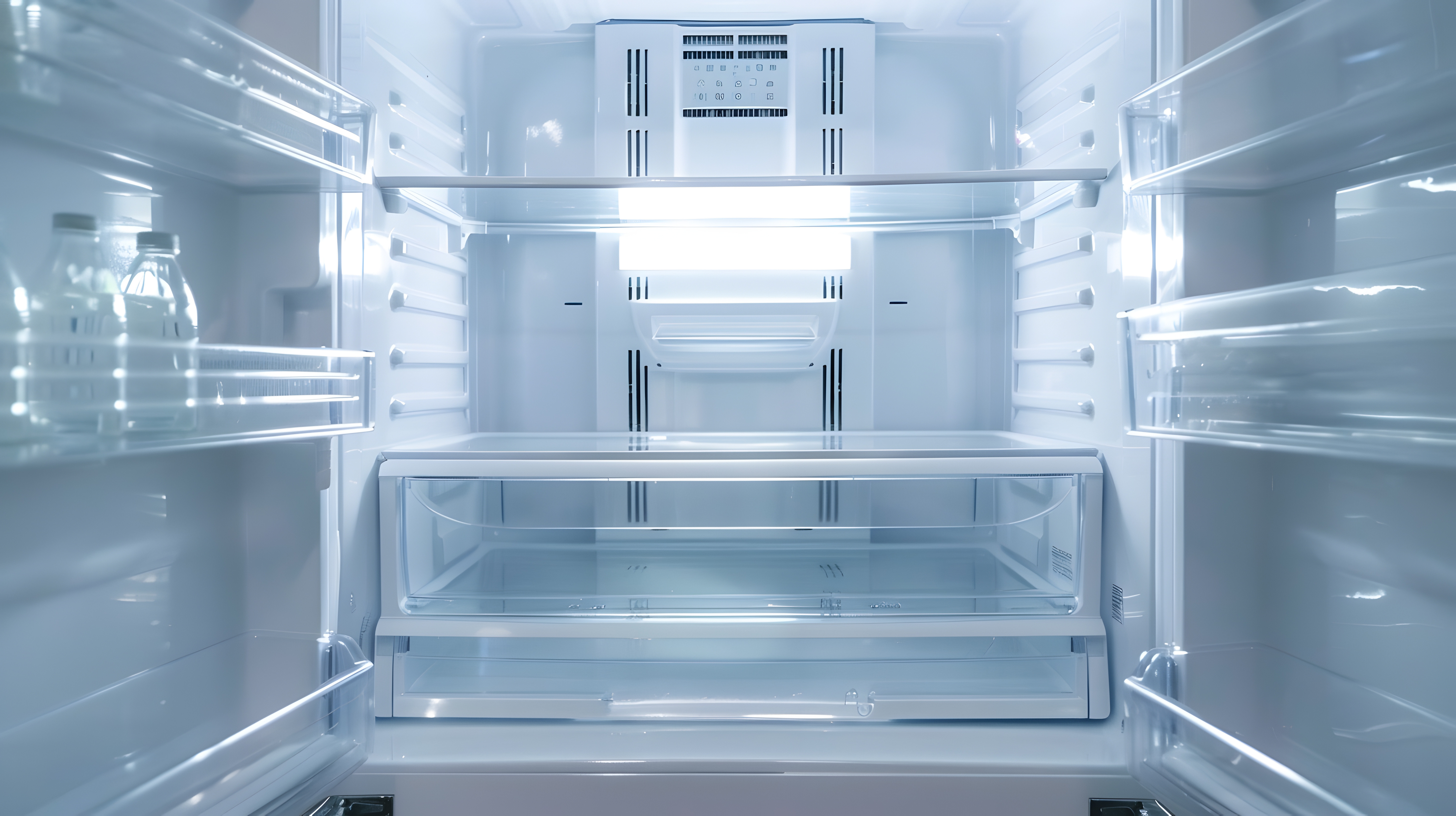
Keeping your refrigerator and kitchen clean is essential for maintaining a healthy, safe, and pleasant cooking environment. A clean kitchen not only helps prevent food-borne illnesses but also makes meal preparation more enjoyable. Here’s a comprehensive guide on how to keep your refrigerator and kitchen spotless.
Organize and Clean Your Refrigerator
Regularly Check Expiration Dates:
- Schedule a weekly or bi-weekly check of all items in your refrigerator.
- Discard any expired or spoiled food to prevent unpleasant odors and bacterial growth.
Use Clear Containers:
- Store leftovers and perishable items in clear, airtight containers.
- Label them with the date of storage to ensure they are used in a timely manner.
Wipe Down Shelves and Drawers:
- Remove all items from the refrigerator and wipe down shelves and drawers with a mixture of warm water and mild dish soap.
- For stubborn stains, use a baking soda paste (baking soda mixed with a little water).
- Dry surfaces thoroughly before returning items to the refrigerator.
Maintain the Freezer:
- Defrost your freezer regularly if it’s not a frost-free model.
- Wipe down freezer shelves and bins, and discard any freezer-burned or outdated items.
Manage Odors:
- Place an open box of baking soda in the refrigerator to absorb odors.
- Replace the box every three months.
Keep Kitchen Surfaces Clean
Daily Cleaning Routine:
- Wipe down countertops, stovetops, and sinks daily with a disinfectant cleaner.
- Pay special attention to areas around the sink and stove where food particles and grease can accumulate.
Sanitize Sponges and Dishcloths:
- Replace sponges regularly and sanitize them by microwaving them for one minute or running them through the dishwasher.
- Use fresh dishcloths each day and wash them frequently.
Clean Appliances Regularly:
- Wipe down the exterior of appliances, such as the microwave, oven, and dishwasher, with a damp cloth and mild cleaner.
- Clean the interior of the microwave and oven at least once a month or as needed.
Maintain the Sink:
- Scrub the sink with a mild abrasive cleaner or a baking soda paste.
- Clean and disinfect the drain and garbage disposal to prevent odors and clogs.
Organize and Declutter
Designate Zones:
- Assign specific areas for different types of kitchen items, such as cooking utensils, baking supplies, and pantry goods.
- Use drawer dividers, shelves, and storage bins to keep everything organized.
Declutter Regularly:
- Periodically go through your kitchen cabinets and drawers to remove items you no longer need or use.
- Donate or discard duplicates and outdated gadgets.
Store Food Properly:
- Use airtight containers for dry goods to keep them fresh and prevent pests.
- Store frequently used items at eye level for easy access and less frequently used items in higher or lower cabinets.
Deep Clean Periodically
Deep Clean Cabinets and Drawers:
- Empty cabinets and drawers and wipe them down with a damp cloth.
- Replace drawer liners if necessary and reorganize items before returning them to their places.
Clean Behind and Under Appliances:
- Move appliances like the refrigerator and stove to clean behind and underneath them.
- Vacuum and mop these areas to remove dust, crumbs, and grease buildup.
Wash Windows and Curtains:
- Clean kitchen windows with a glass cleaner and a microfiber cloth.
- Wash or dust curtains, blinds, and window sills.
Implement Good Habits
Clean as You Go:
- Develop the habit of cleaning up while you cook. Wipe spills immediately, wash utensils and cutting boards as you use them, and keep the workspace tidy.
Empty Trash Regularly:
- Take out the trash daily or as needed to prevent overflow and odors.
- Clean and disinfect the trash can periodically.
Schedule Regular Cleaning:
- Set aside time each week for a more thorough cleaning session.
- Create a checklist to ensure all areas of your kitchen and refrigerator are addressed.



